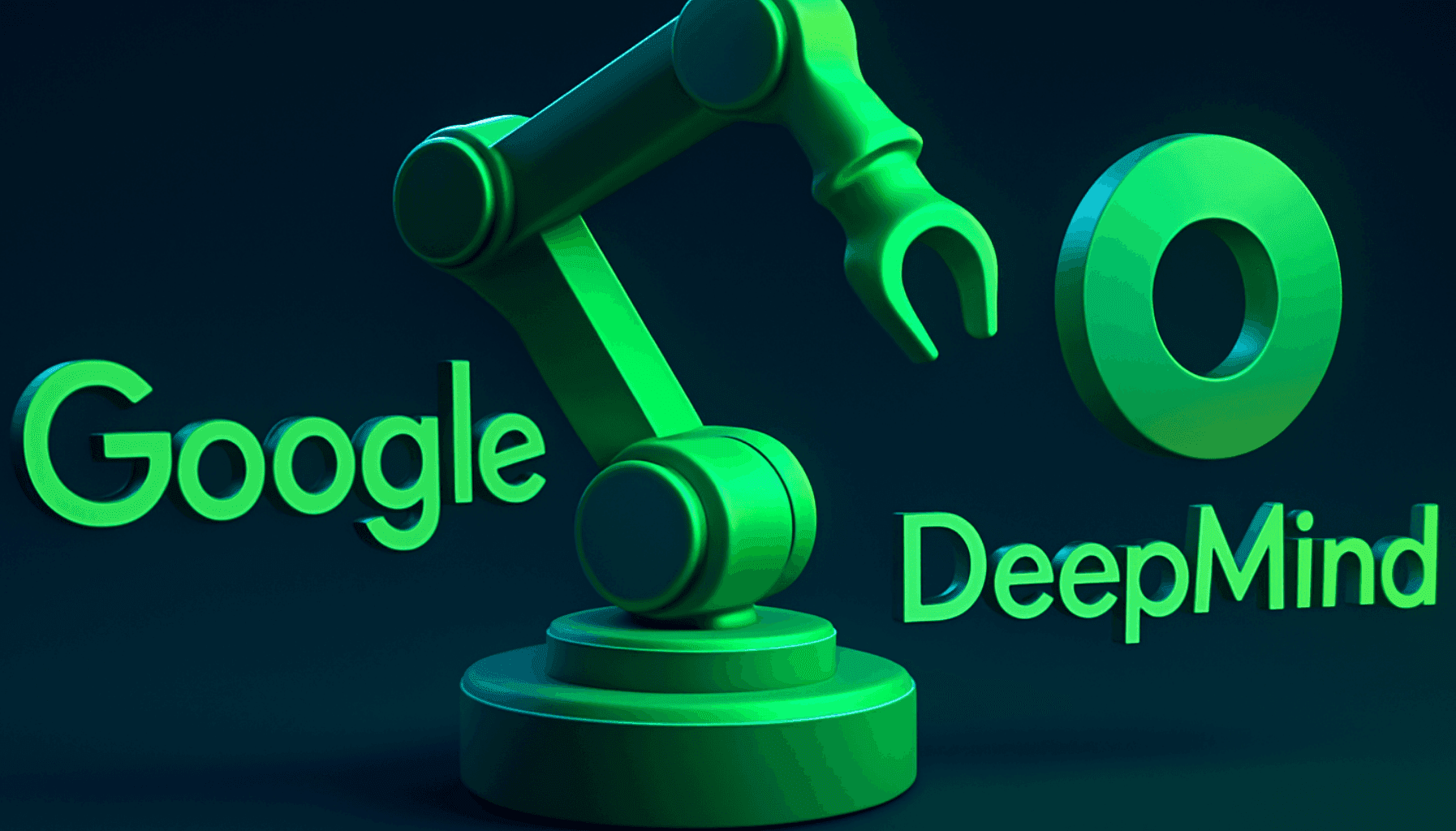
What is BDD (Behavior Driven Development)?

In the fast-paced technology environment where requirements are evolving and expectations are rising, a transformative approach is emerging: Behavior Driven Development (BDD). Unlike traditional methodologies that focus on technical specifications, BDD changes the paradigm by grounding development in user behavior and shared understanding.
Emphasizing natural language scenarios, BDD fosters a collaborative dialogue between developers, testers, and stakeholders, bridging the gap between technical complexities and user-centered experiences. Each scenario paints a vivid picture of the desired software behavior, much like a brushstroke on a canvas, ensuring that all parties are aligned from the start. As the BDD framework evolves, scenarios transform into automated tests, and the strength of barriers created to prevent unforeseen disruptions increases. These automated barriers ensure that the software faithfully reflects the predicted user experience, minimizing the risk of errors and maximizing user satisfaction.
What is Behavior Driven Development (BDD)?
BDD is an approach in software development that emphasizes the behavior of an application in relation to business needs. It is designed to address problems arising from poorly defined requirements and to align business and quality assurance professionals. BDD brings together the three key elements of the software development process: business, development, and quality assurance. By using tests written in simple language, it enables all stakeholders to understand and agree on the expected behavior of the software, leading to the development of the right product.
The 3 key principles of BDD are:
- Focus on the desired behavior or outcomes
- Foster collaboration between developers, testers, and business stakeholders
- Use a common language for communication and understanding
BDD is an evolution of the Test-Driven Development (TDD) methodology, but its focus shifts from high test coverage to defining the application’s behavior. In BDD, behaviors are expressed in well-formed, easily understandable statements that describe a specific process in a predefined format. These statements are stored in 'feature files' integrated into the software development process. Tools like Cucumber and SpecFlow specifically parse behaviors in BDD files and execute the associated 'glue code' that matches with 'step definitions.'
How to Choose BDD?
Choosing the right BDD framework/tool for your project is crucial for effective behavior-driven development. There are 5 main BDD tools you can choose from.
Cucumber: Probably the most widely used open-source BDD tool, Cucumber is used to write expected user behaviors instead of test scenarios. With Cucumber, you define a feature file that includes all test steps in the Given-When-Then format. Each step corresponds to an executable code piece known as a step definition.
JBehave: Another open-source tool for writing BDD test scenarios, JBehave uses the Gherkin language to define user stories, i.e., test scenarios. Each scenario step is coded, ensuring that the expected actions occur during the execution of the story.
Behat: Behat is a popular open-source framework built around PHP that helps support BDD development. Here, scenarios are presented as user stories or examples written in the Gherkin language.
SpecFlow: A BDD tool perfect for .NET frameworks, SpecFlow uses the Gherkin language to write test scenarios. These scenarios are then broken down into steps, and code is written for each step to execute the relevant action.
TestRigor: Unlike other tools, TestRigor allows the easiest way to use BDD without any programming knowledge or Gherkin syntax. With the AI behind TestRigor, you can easily write executable specifications; since there are no step definition files, the entire writing process is much smoother.
Choosing the ideal BDD framework from these tools involves applying a few steps. Start by evaluating the specific needs and features of the project. In this assessment phase, you need to consider criteria such as project size, team expertise, and tool integration. Then, compare the features and capabilities of different BDD frameworks. During this phase, simplicity of syntax, reporting and analytics, community support, etc., should be taken into account. It’s essential to evaluate each BDD framework’s integration capabilities with the chosen test tool for a smooth testing process. After that, you can conduct proof-of-concept tests to assess usage ease, integration with the tool, and overall performance based on the selected framework. Finally, gather feedback from team members about their experiences with BDD frameworks to make more informed decisions.
What Are the Features of BDD?
In BDD, "scripts" are written in a language called Gherkin, which uses simple words like "given," "when," and "then" to describe software behavior. For instance, when the user logs in, they log out using the 'log out' button and are redirected to the login page. This script is then converted into automated tests to check whether the software behaves as expected. Additionally, BDD serves as a powerful tool for bridging technical and non-technical stakeholders in software development.
BDD ensures that development projects focus on business needs while meeting user requirements. It also helps create a shared understanding of the issue to be resolved by fostering collaboration across different roles. This approach allows for fast iterations, increases feedback, and improves the value stream. BDD also enhances code quality, which helps reduce variable costs like maintenance. BDD practices essentially help teams develop better software by demanding the specification of product behaviors in a predictable manner, using simple language and examples.
How is Behavior Driven Development (BDD) Applied?
The application of BDD involves a series of well-defined approaches to testing and software development. Tests are planned using Cucumber and written in Gherkin. In Gherkin, each feature is defined in a .feature file, following a specific syntax. Each line begins with a Gherkin keyword, and each line defines a feature. The goal is to create precise definitions that can later be tested. After defining the features, tests are defined to check if the feature has been correctly implemented. The most important point is that each test follows a fixed format; when a condition is given, a result is seen. Gherkin is designed to be human-readable, though it may not always be as easy to read as formats like XML. After defining the features, Cucumber is used to create methods for executing tests for each feature. Although Cucumber is designed for Ruby, you can use it to create methods for Java, JavaScript, or Python as well.
How Does Behavior Driven Development (BDD) Provide Advantages?
BDD, which focuses on user needs and software behaviors, offers an approach where you can complete testing while planning features. Therefore, when the software tests pass, the correct features have been implemented. For teams already using TDD or ATDD (Acceptance Test-Driven Development), there are several notable advantages.
- BDD provides more effective communication and collaboration by offering clearer guidance on organizing discussions between developers, testers, and domain experts.
- The ‘given-when-then’ syntax used in BDD is designed to resemble everyday language, making it easy for both technical and non-technical team members to understand and use.
- BDD tools generally allow automatic generation of technical and end-user documentation from BDD specifications, saving time and improving the quality of documentation.
Are you ready to apply all the details of BDD? You can take advantage of Techcareer.net to connect with like-minded professionals, apply BDD principles in real-world scenarios, and enhance your development skills through Bootcamp training or participate in Hiring Challenge events to advance your career and problem-solving abilities!



